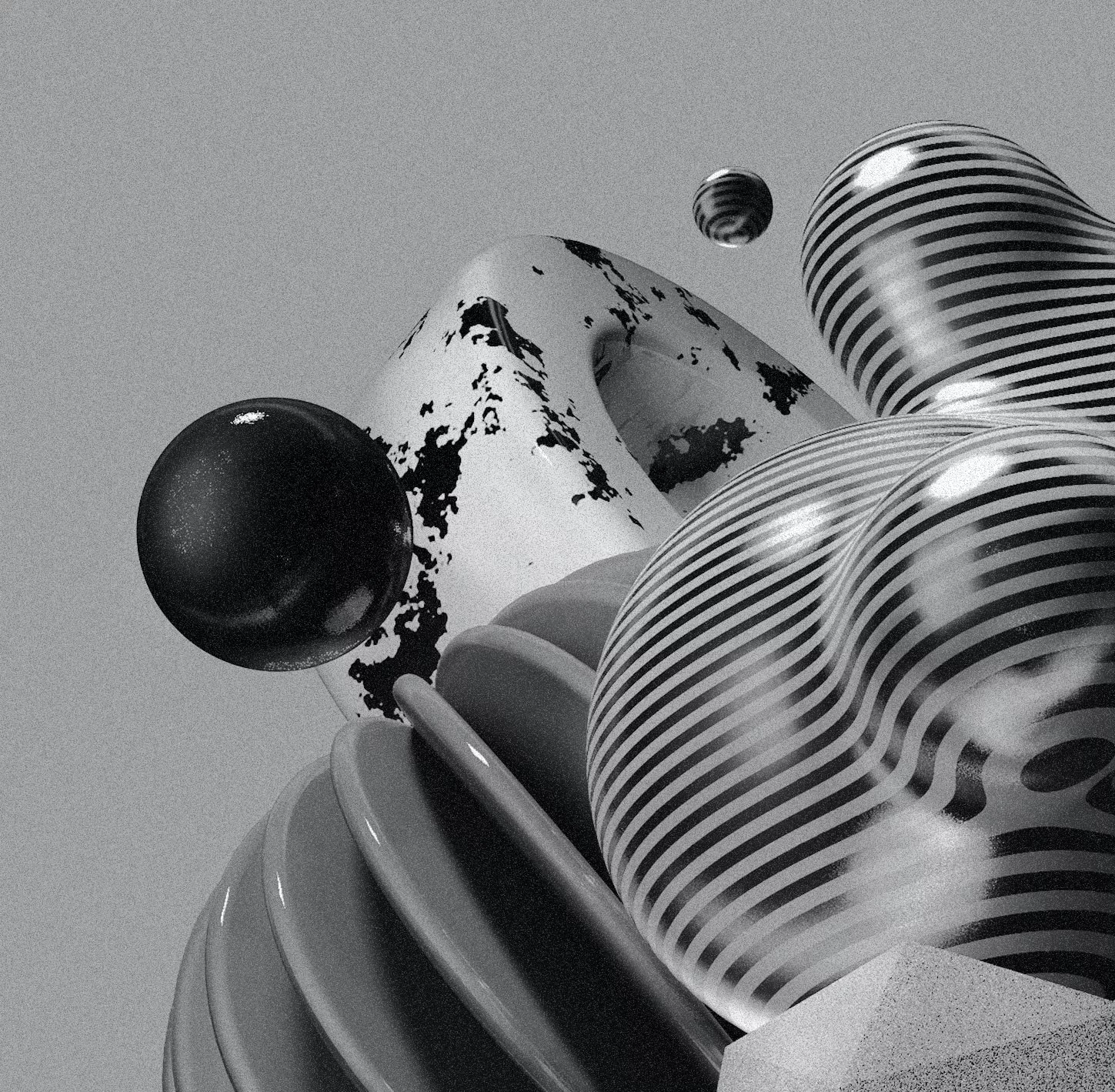In the dynamic landscape of design, where creativity meets technology, the tools we use play a pivotal role in shaping our creative process and the final outcome of our work. As we step into the future of design, we find ourselves amidst a wave of innovation, with modern tooling paving the way for unprecedented levels of creativity, efficiency, and collaboration. Let’s embark on a journey to explore the cutting-edge advancements and emerging trends that are shaping the future of design tooling.
1. Embracing Artificial Intelligence (AI) and Machine Learning: Artificial intelligence and machine learning technologies are revolutionizing the way designers work. From intelligent design assistants that offer suggestions and automate repetitive tasks to algorithms that analyze user behavior and preferences, AI is enhancing the creative process and empowering designers to work smarter, not harder.
2. Augmented Reality (AR) and Virtual Reality (VR) Integration: Augmented reality and virtual reality are blurring the lines between the physical and digital worlds, opening up new avenues for immersive design experiences. Designers can now visualize and interact with their creations in real-time, allowing for better spatial understanding, prototyping, and client presentations.
3. Collaborative Design Platforms: In an increasingly interconnected world, collaborative design platforms are facilitating seamless communication and teamwork among designers, clients, and stakeholders. Cloud-based tools enable real-time collaboration, version control, and feedback loops, streamlining the design process and fostering a culture of co-creation.
4. Generative Design and Parametric Modeling: Generative design algorithms and parametric modeling techniques are enabling designers to explore a vast array of design possibilities and optimize for performance, efficiency, and sustainability. By leveraging computational algorithms, designers can create complex, organic forms that are tailored to specific constraints and objectives.
5. Responsive and Adaptive Design Tools: With the proliferation of devices and screen sizes, responsive and adaptive design tools have become essential for creating cohesive and consistent user experiences across multiple platforms. Designers can now seamlessly transition between desktop, mobile, and other devices, ensuring that their designs look and function flawlessly across all screen sizes and resolutions.
6. Sustainability and Eco-conscious Design Solutions: As environmental concerns continue to grow, designers are increasingly turning towards sustainable and eco-conscious design solutions. Tools that provide insights into material sourcing, life cycle analysis, and environmental impact are empowering designers to make informed decisions that prioritize sustainability without compromising on creativity or functionality.
7. Data-Driven Design Insights: Data-driven design insights are unlocking new possibilities for understanding user behavior, preferences, and trends. Designers can harness analytics data to iterate on their designs, optimize user experiences, and make informed decisions that drive business value.
8. Accessibility and Inclusive Design Practices: Accessibility and inclusive design practices are becoming integral aspects of modern design tooling. Tools that facilitate accessibility testing, color contrast analysis, and screen reader compatibility empower designers to create inclusive experiences that cater to users of all abilities and backgrounds.
9. Cross-disciplinary Integration and Interoperability: In a world where collaboration across disciplines is increasingly common, design tools that offer seamless integration and interoperability with other software platforms are invaluable. From design to development, marketing, and beyond, cross-disciplinary integration enables teams to work together more effectively and efficiently.
10. Personalization and Customization Features: Personalization and customization features are empowering users to tailor their design tools to their unique preferences and workflows. From customizable interfaces and keyboard shortcuts to user-defined templates and presets, designers can optimize their tools to enhance productivity and creativity.
As we navigate the ever-evolving landscape of design, the future of modern tooling holds immense promise for pushing the boundaries of creativity, innovation, and collaboration. By embracing emerging technologies, sustainable practices, and inclusive design principles, we can unlock new possibilities and shape a future where design transcends boundaries and enriches lives.






